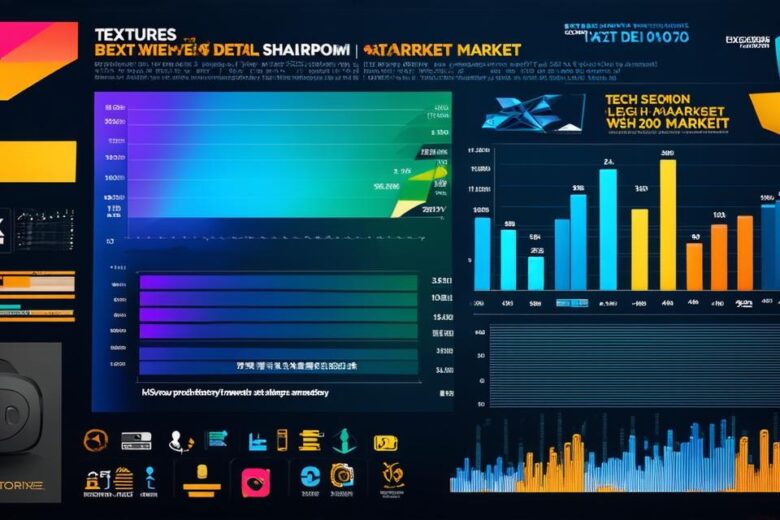Introduction:
Augmented reality (AR) and virtual reality (VR) have been transforming the way we interact with technology, providing new and exciting ways to experience immersive content.
Market Size for AR:
The global augmented reality market is expected to reach a value of $51 billion by 2026, growing at a CAGR of 47.3% during the forecast period 2021-2026. The increasing adoption of AR in various industries such as healthcare, manufacturing, and retail is driving this growth.
For example, in healthcare, AR is used for surgical procedures and to help patients with visual impairments, while in manufacturing, it is used for quality control and maintenance.
Market Size for VR:
The global virtual reality market size was valued at $42.9 billion in 2020 and is expected to grow at a CAGR of 54.7% from 2021 to 2028. The growing demand for immersive gaming experiences, as well as applications in industries such as healthcare, education, and tourism, are driving this growth.
For example, in gaming, VR is used to provide a fully immersive gaming experience that transports players into a virtual world, while in healthcare, it is used for therapy and rehabilitation.
Trends and Analysis:
One of the key trends driving the growth of AR and VR is the increasing demand for immersive experiences. Consumers are looking for ways to engage with technology in a more meaningful way, and AR and VR offer a unique opportunity to do so.

Additionally, advances in technology such as high-resolution displays and improved tracking systems are making AR and VR experiences more realistic and intuitive.
Another trend is the growing adoption of AR and VR in industries beyond gaming and entertainment. As these technologies become more accessible and cost-effective, they are being used in a variety of sectors such as healthcare, manufacturing, and retail.
Case Studies:
One example of the potential of AR and VR in healthcare is the use of AR in surgery. In 2018, surgeons at the University of California San Diego Health used AR to guide a surgical procedure on a patient with a rare form of epilepsy.
By overlaying digital information onto the surgeon’s view of the patient, the AR system helped the surgeons navigate through the patient’s brain and perform the surgery with greater precision and accuracy than would have been possible without it.
Another example is the use of VR in retail. In 2018, IKEA launched an app that allowed customers to visualize how furniture would look in their home before making a purchase.
By using VR, customers could see how different pieces of furniture would fit into their space and make more informed decisions about their purchases.
FAQs:
Q: What is the expected market size for AR and VR in 2026?
A: The global augmented reality market is expected to reach a value of $51 billion by 2026, while the virtual reality market size is expected to reach $42.9 billion in 2028.
Q: What industries are driving the growth of AR and VR?
A: The increasing adoption of AR and VR in various industries such as healthcare, manufacturing, and retail is driving their growth.
Q: What advancements in technology are making AR and VR experiences more realistic and intuitive?
A: High-resolution displays and improved tracking systems are making AR and VR experiences more realistic and intuitive.
